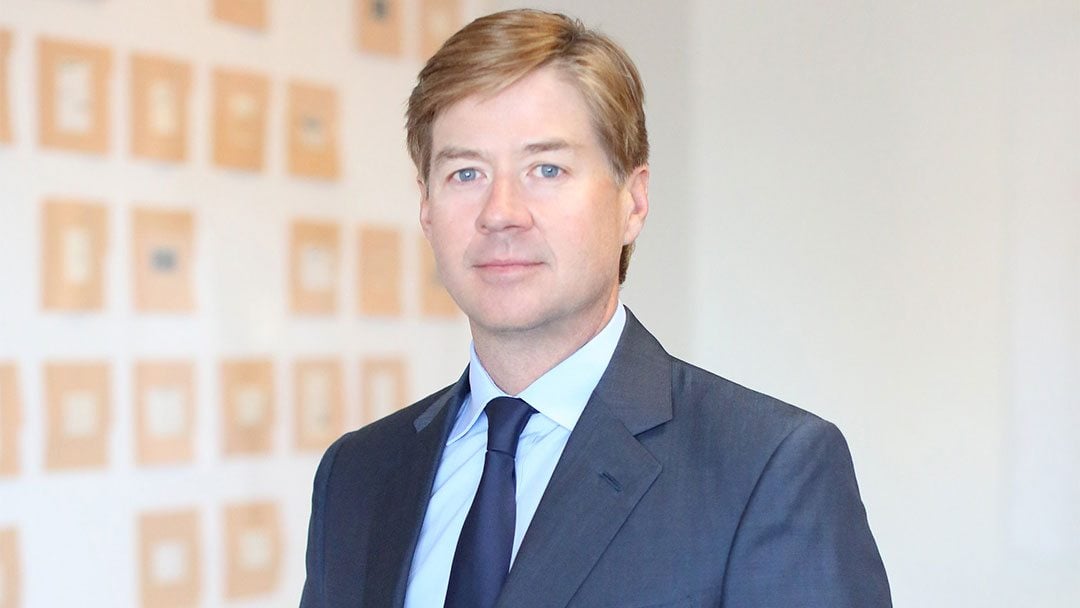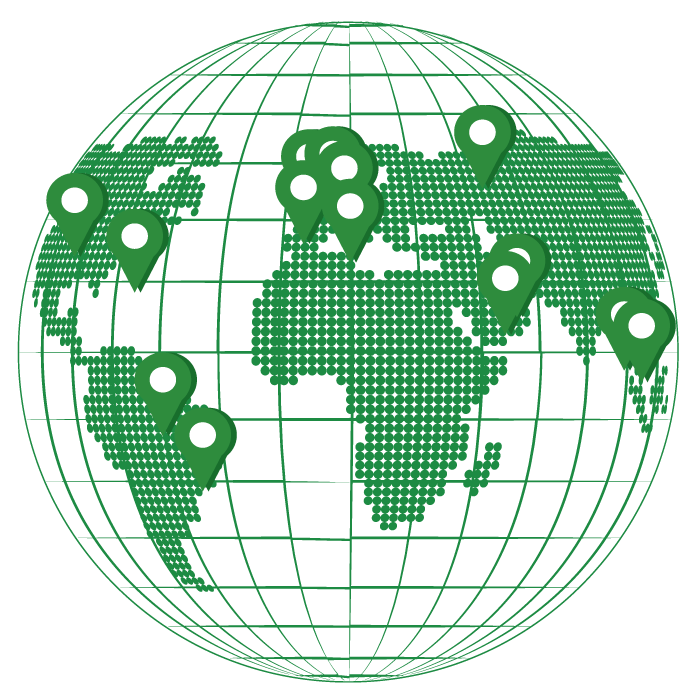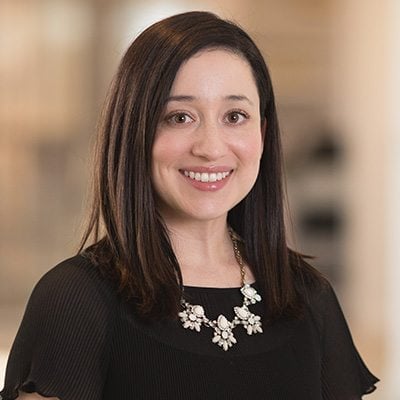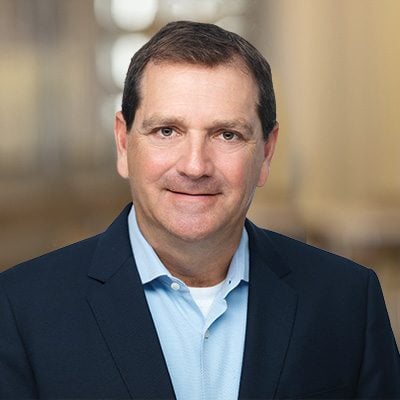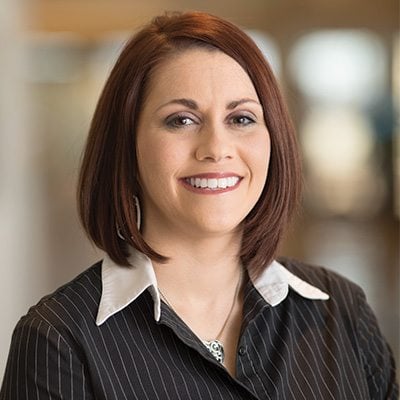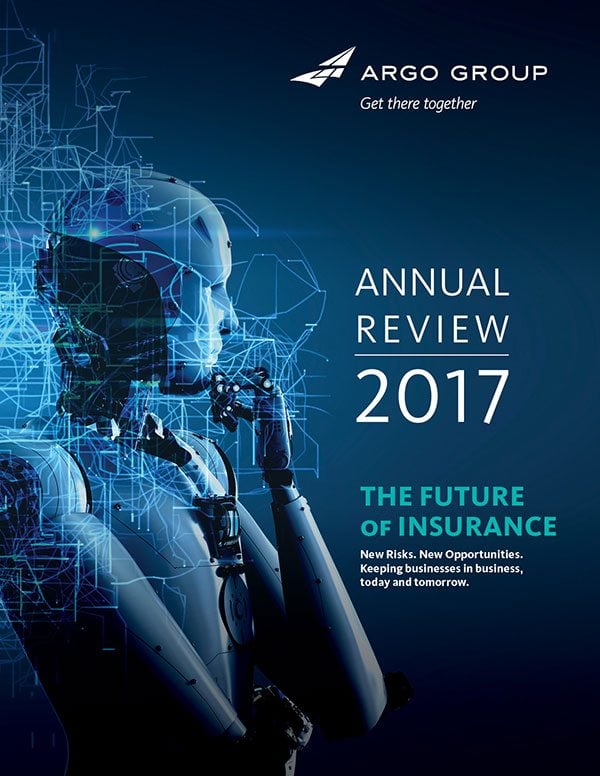2017 was an important year for Argo. Despite significant, industry-wide catastrophe claims and underwriting challenges in the London market, our balance sheet held up well, and we finished the year in a better competitive position than we started.
We surpassed our 2017 gross written premium goal – up over 20% to $2.7 billion from $2.2 billion in 2016. Our net earned premium at $1.6 billion was 11.5% higher than the previous year. While our goal is to grow the bottom line first, over time it matters that we grow our business profile as well. 2017 was a good example of that.
Underwriting
After an extraordinary series of catastrophic events, we served our customers faithfully through expeditious claims handling. The resulting losses affected our bottom line, but they also remind us that we are fulfilling our mission: We’re here to help businesses stay in business. Our net exposure relative to our internal models was within reason for all the events we experienced, which equaled 7% of equity and 8% of net earned premium, well within the range of our peers. This equated to approximately $127 million in claims net for 2017 and a combined ratio of 107.2%, compared to 96.2% in 2016. Reflecting those losses and our experience in the London market, our net income was $50.3 million, compared to last year’s $146.7 million. It was, however, unfortunate that our acquisition of Ariel Re closed in the first quarter – meaning our net retentions for multiple reinsurance programs resulted in an additional impact on the bottom line. Going forward, we expect our net exposure to similar events to be close to 5 combined ratio points.
Investments
Our investment portfolio performed well again in 2017. We took deliberate steps to broaden the scope of our investment activity, and I am pleased to report investment income – even in a challenging environment – rose more than 21% to $140 million, compared to $115.1 million last year. This was aided by growing income from bonds and stocks, and a higher contribution from alternative investments. We continued building our assets, ending the year with cash and investments totaling almost $5 billion.
Capital management
During the year, we increased our dividends to shareholders by more than 25% to $1.08 per common share from $0.86 the year before, and we repurchased approximately 750,000 shares for $45.2 million. We believe the best measure of our long-term performance is based on book value per share. In 2017, our book value per share plus dividends grew by nearly 4%. For the last 15 years, including dividends paid, the compound annual growth in book value per share has averaged 9.4%.
U.S. tax reform
We are seeing early positive signs in the U.S. economy as a result of the new tax law, and we are optimistic it will create more growth among small to midsized businesses in America, which make up the core of the clients we serve. After an initial analysis of the law, we do not, however, expect a significant impact on our tax expense. In any period, the geography in which we earn profits determines our future effective tax rate. While we can’t know the outcome until the rules are written, we still anticipate an operating tax rate of approximately 20% or better going forward, keeping in mind it may vary each quarter depending on geography.
U.S. Operations
This was a good year for our U.S. business. Our excess and surplus casualty lines, surety, specialty programs and professional lines all benefited from targeted, tactical support, including digital systems improvement, team strengthening and marketing programs. All four businesses enjoyed important gains in both top-line and bottom-line growth. Casualty grew 26.8%, surety 27.7%, specialty programs 27.8% and professional lines 25.7% in top-line growth. In addition, our excess and surplus lines operation updated its technology yet again and can now respond to any submission within hours; in many instances, they can now respond within minutes. Rockwood grew 31.5% year over year by expanding its offerings well beyond its core clients’ mining-related exposures to include coverage for commercial automobile, pollution liability and surety. It’s telling that our increase in U.S. gross written premium was made within an overall market that was relatively static. Congratulations to Kevin Rehnberg and the heads of our individual businesses for their great success.
In 2017, U.S. gross written premiums were $1.5 billion, up $232 million or 18% over the same period last year. Underwriting income was $89.4 million, compared to $111.5 million in 2016. The combined ratio of 90.5% compares to 86.9% in the previous year. The primary differences were related to catastrophe activity and a number of non-recurring charges.
International Operations
As we would expect, given the risk portfolio, our International business was more heavily impacted by catastrophes during 2017. Despite these challenges, it remains an important part of our business for the future. In London, we concluded our ability to select risk can only go so far in the Lloyd’s subscription market – one of the toughest in the world – where we incurred large and more frequent losses over the year than expected. To reverse the trend, we added new leadership, reorganized our teams, strengthened our underwriting guidelines and raised our prices where needed. Because much of this work began in early 2017, our prospects look brighter for 2018.
In Bermuda, we acquired Ariel Re and integrated that company’s Lloyd’s syndicate, reinsurance operations and insurance operations into our own. We also welcomed Jorge Luis Cazar as our new head of Latin America and Matt Harris, our new head of Europe, Middle East and Asia, to lead our strategies for growth in those markets.
In 2017, gross written premiums were $1.2 billion for this segment, up $300.5 million or 33.9% over the same period last year. In 2017, we had an underwriting loss of $111.2 million, compared to underwriting income of $25.8 million in 2016. The combined ratio of 117.5% compares to 95.4% in the previous year.

Watson speaking to new employees during an event for the Specialized and Accelerated Insurance Learning (SAIL) program, which builds talent within the company.
“Today, we talk about such advances as drones, autonomous vehicles, augmented reality and artificial intelligence. These are not merely categories of risk that require expert underwriting. They are themselves engines of innovation that will create opportunity for insurers who are able to look ahead and who are willing to keep pace.”
— Mark E. Watson III,
Chief Executive Officer
The future of insurance
For more than a decade, we have been anticipating the transformation currently underway in our industry, predicting the unavoidable disruption of our value chain, service delivery and capital structure. Today, I want to provide a few thoughts on how we are thinking about the future. First, the steady stream of capital into insurance has produced overcapacity, which has in turn pushed margins down as investors compete to put their money to work. Second, the entry of all-digital players into the insurance business has posed a serious threat to legacy carriers, which are now struggling to become tech-savvy and customer-focused.
But will all-digital companies backed by fresh investor capital shake up our industry even further? We don’t think so. There is an advantage to understanding the rules, owning the data and building on a history of underwriting and risk management expertise. In our opinion, the judicious use of cutting-edge technology combined with insurance expertise represents the clear and, for established insurers, successful path to continued growth. By building digital expertise, often by forging creative partnerships with existing technology players, we can collaborate in ways that bring capital closer to the risk, reduce the complexity of our offerings and provide even greater value to our customers. But responding to shifting economic and consumer demands is not the only reason to change. We must also recognize and respond to the larger forces at play in the world and the risks they pose to our customers and to our own business as underwriters.
Last year, we continued our evolution. Under the guidance of Argo Digital, our talented team from inside and outside the insurance industry, we iteratively developed new software, invested in leading and emerging technologies and partnered with startups to devise technology that can overcome remaining bottlenecks in our business systems. To make underwriting faster, smarter and more accurate, we are now finding ways to leverage artificial intelligence, while processing vast amounts of new data from sources as varied as sensors, drones, government databases and social media.
We evolved our technology in 2017 to more efficiently connect with our distribution partners and their customers. For example, our digital Protector platform now serves 2,400 brokers and more than 50,000 active customers in Brazil. We launched a sensor-based technology that lets operators of restaurants, supermarkets and other retail businesses reduce the frequency and severity of customer and employee accidents. We built and launched a digital account-management environment where brokers and policyholders can find information they need quickly. We are partnering with a cybersecurity startup to give our customers the tools they need to prepare for and respond to cyberattacks.
Technology advancements in every domain will create new risks for people and businesses, of which cybercrime is a clear example. Cyber risks are unique in that they are both unlimited and perpetual. As an industry, we have little experience assessing the possible impact of new hacking technologies against multiple smaller entities. Imagine the losses following concurrent attacks against one million small businesses, the shutdown of every self-driving car, or perhaps just the bricking of every digital door lock. The payouts could be massive, and yet today’s premiums cannot truly reflect the scope of the risk, because we do not always know what that scope is.
As we look to the future of insurance, the risk posed by natural catastrophes will also evolve. Predictive climatology suggests that hurricanes, droughts, fires and floods will increase in magnitude. Melting ice fields at the North and South poles support forecasts of warmer weather and rising sea levels. Given the density of population and volume of business activity in coastal areas, revised assessments of the nature of catastrophic risk at or near sea level is imperative. As claims mount following these catastrophes, either pricing of insurance will have to rise or the scope of coverage contract. And while there is no direct correlation between sea temperature and the frequency of hurricanes, we now have ample evidence showing how much more quickly they can intensify – look no further than the storms of 2017.
Of teams and commitment
With some 400,000 industry professionals set to retire within the next five years, attracting talent is looming as a major issue for our industry. No amount of automation will overcome the need for talented and inventive professionals willing to take up insurance careers. Competition for their loyalty is strong. To attract them, we must prove that our industry is as dynamic and rewarding as we know it can be.
At Argo, we hold commitment to our employees and to each other as a central value, and one way we proved it again in 2017 was through the launch of Argo Academy, an online learning environment. In recognition of our focus on continuous learning, we were pleased to be named to Training magazine’s 2017 Training Top 125.
Also core to Argo’s culture is our employees’ deep commitment to the communities in which they live and work. In 2017, hundreds of Argo employees were involved in projects around the world. After Hurricane Harvey smashed the Texas coast in late August, thousands of homes and businesses were flooded. Argo employees moved into action. Making numerous trips between our U.S. headquarters in San Antonio and the Houston and Corpus Christi areas, they delivered much-needed supplies. They also spearheaded our corporate support of nonprofit organizations delivering relief, including the American Red Cross, the Insurance Industry Charitable Foundation and several local organizations.
The speed and variety of emerging risks is growing. Yet the factors I’ve mentioned – capital, climate, new risk and talent – are the home turf of specialty insurance at which Argo excels. Specialty insurance lives at the crossroads of new ideas and new threats. We are confident specialty underwriters will continue growing in importance as a critical support for new enterprises, enabling entrepreneurs to mitigate the considerable risks associated with early adoption of new technologies. Today, we talk about such advances as drones, autonomous vehicles, augmented reality and artificial intelligence. These are not merely categories of risk that require expert underwriting. They are themselves engines of innovation that will create opportunity for insurers who are able to look ahead and who are willing to keep pace. We will continue to be one of them.

Mark E. Watson III
Chief Executive Officer
